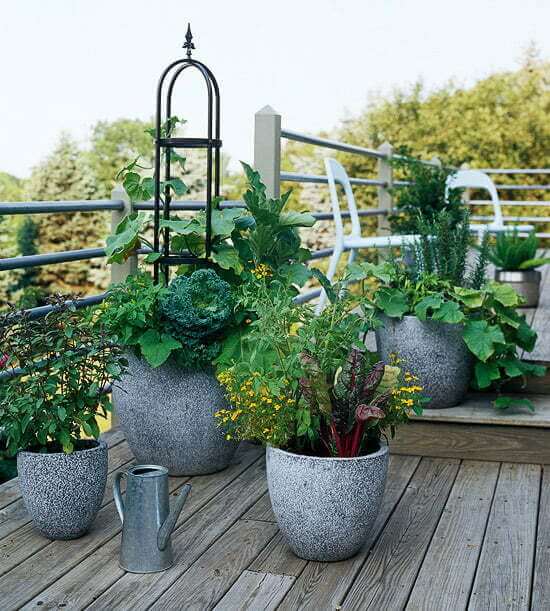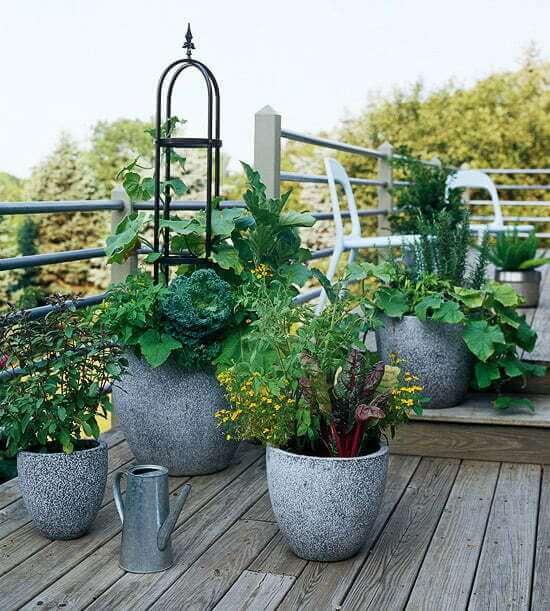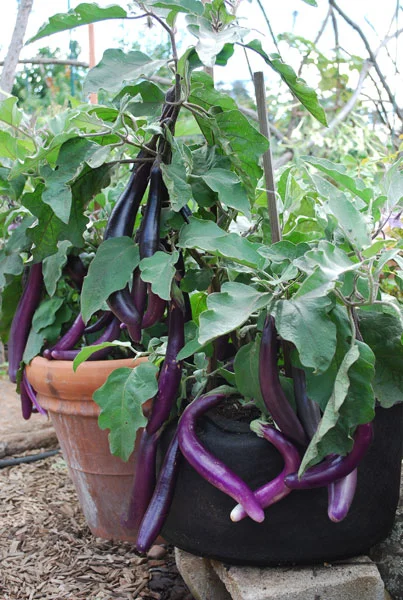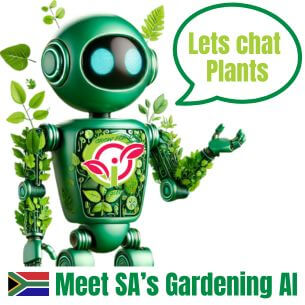How you should grow vegetables in pots or containers
There are few things as fun as picking and harvesting your own homegrown vegetables for the dinner table. The rather unfortunate reality is that the modern-day gardener simply does not have the space required to grow a full-on vegetable garden. Fortunately, many of these flavoursome favourites tolerate containers two making this an excellent alternative to the conventional vegetable patch. Even if you do have sufficient space containers also offer an alternative for poor soil conditions, pesky pets and other circumstances.
Vegetables love the sun, to produce results most crops require full sun for at least 5-6 hours a day. Remember this when choosing the spot for your container vegetable patch, most vegetables prefer as little as possible wind and they don’t really like the cold.
Potted or containerised vegetables need high-quality fertile soil with good drainage and high water retention. Normal garden soil simply won’t do, good produce requires good soil so it’s certainly worth the investment. As with all container gardening, a handful or two of bone meal and slow-release fertilizer in the mix can only be a good thing.
Vegetables need plenty of soil, so choose large decorative containers with lots of drainage and attractive colour and shape. Group the larger containers with smaller pots of colourful flowers for a fun effect. Remember it’s always best to place the containers in their final resting spot before filling and planting them, this way you won’t have to break your back moving them up and down.
Follow the advice on How to plant up a pot or container and tips when planting up a container when planting your vegetables in containers. Many vegetable varieties can be sown directly into containers, search your vegetables on the PlantInfo website for instructions on when and how to sow and plant them. (How to sow vegetables) Remember to provide support for creepers and taller vegetables like tomatoes, beans, cucumbers, squash etc.
A large variety of vegetable seeds and seedlings (including dwarf varieties) are available from nurseries, garden centres and home improvement stores. Visit the PlantInfo fruits and vegetable category to view information such as planting and sowing instructions, possible problems, maintenance tips, advice on the yield and harvest of vegetables and loads more.
Its common practice and great advice to plant some herbs and flowering plants alongside your
vegetables, not only do they add an attractive splash of colour to your containers, but many of them are edible or have herbal uses. Others help control and repel pests and some even encourage a better harvest to see (companion planting for more advice) Nasturtiums, Violets, Marigolds and Calendulas are great sources of colour whilst dill, fennel, basil and many more have other benefits.
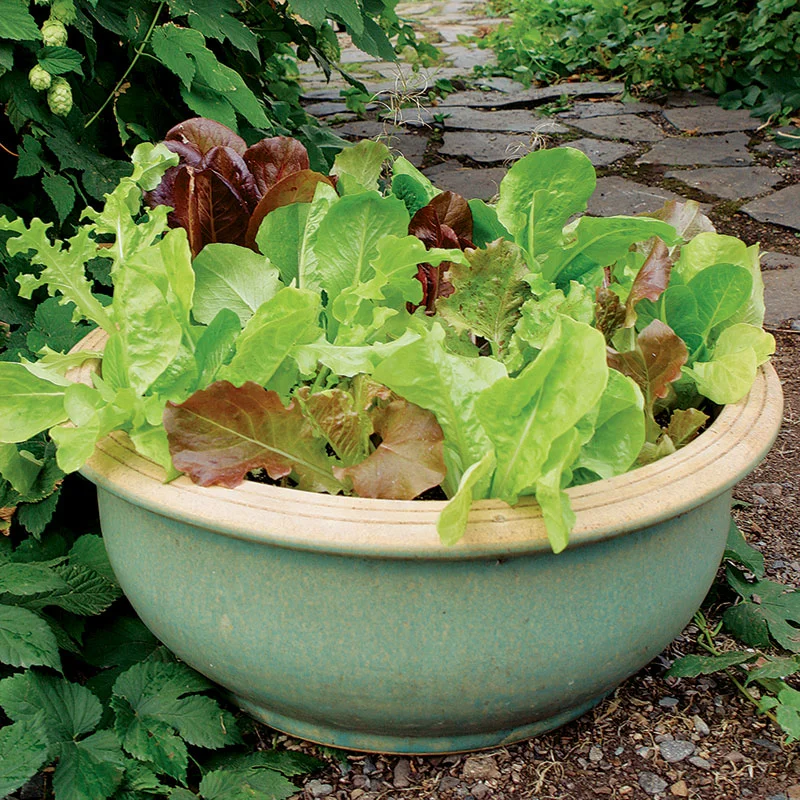
With vegetables, a little attention goes a long way. Check regularly for pests and diseases and treat accordingly, keep in mind that you want to consume the produce so be careful with what you spray and treat your plants.
Fertilize your potted vegetables every second week with a water-soluble fertilizer. Many vegetables are annuals and need to be replaced once they die back. Remember to add fresh soil when replanting your containers as nutrients leach much easier and faster from containers.
A very effective way to water containerised vegetables is trough drip irrigation and a timer. Ring the inside of the container with irrigation piping and drip sprinklers, connect all thing rings of the containers grouped together and link to the timer on the tap. Such timers are readily available from nurseries, garden centres and home improvement stores. A simple watering can or hosepipe does the job just as good. See when and how to water containers, pots and containerised plants. For more advice on watering containers.

